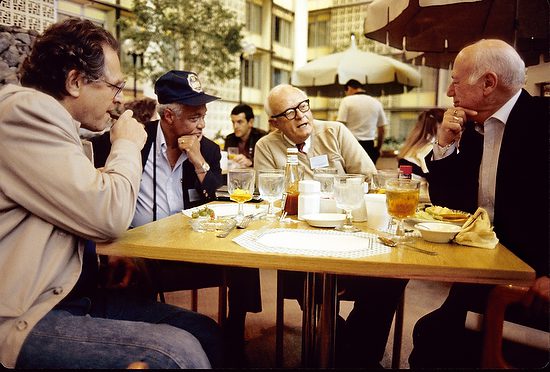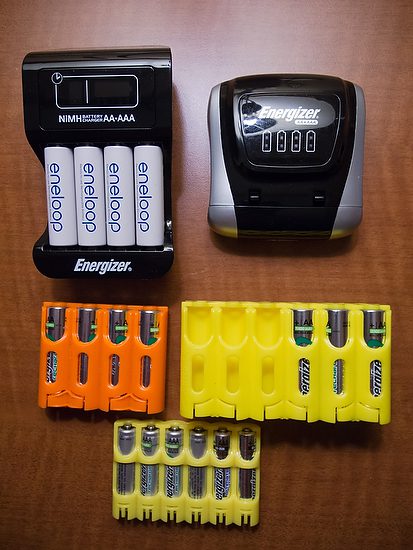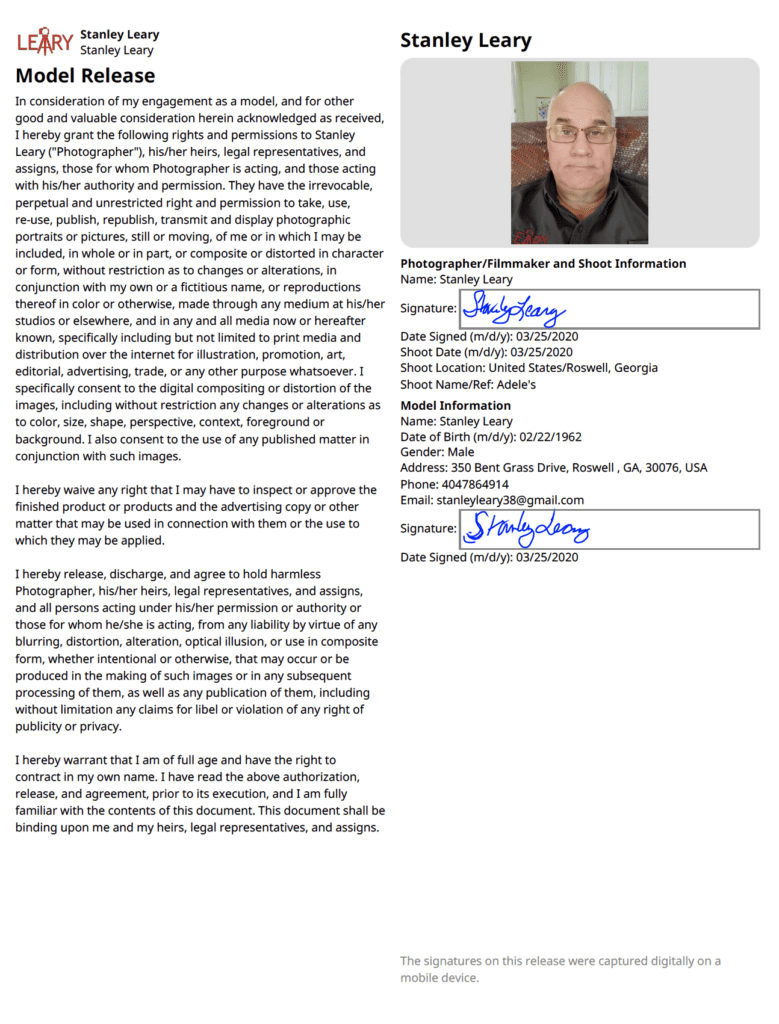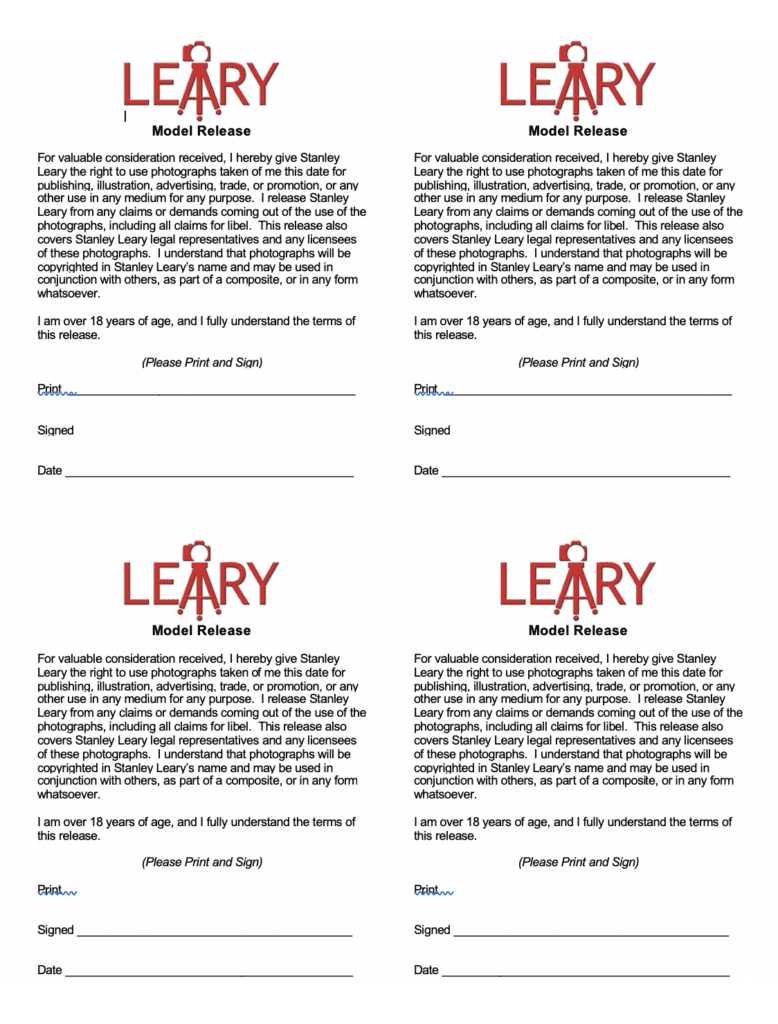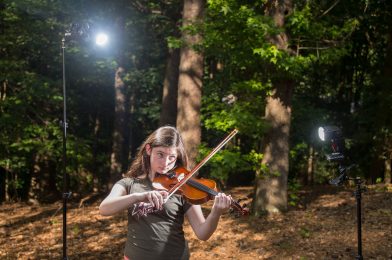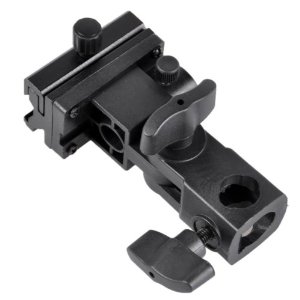[youtube https://www.youtube.com/watch?v=pMUlWq7EImY]
Here is my advice to just about anyone who wants to do photography as a career. To illustrate my points I have included my coverage of the Guinness World Record for the most people dressed as cows from head to hoof by the Chick-fil-A operators in Northern Virginia this week.
 |
| Nikon D4, 14-24mm, ISO 7200, ƒ/8, 1/100 and custom white balance using the ExpoDisc |
Become an expert in a subject
Become an expert on a subject and learn to provide a finished product to be competitive today, which means more than just photography.
All my clients hire me today because I know a good deal about their industry—not just photography.
I am a visual storyteller using a photojournalistic approach helping organizations build customer loyalty. My social work degree and M.A. in communications makes me uniquely qualified to help people right in their own environment, by looking at all the different aspects of their life and culture.
 |
| Nikon D4, 14-24mm, ISO 7200, ƒ/8, 1/100 and custom white balance using the ExpoDisc |
You need to go to people with ideas and not wait for the phone to ring for someone to ask you to shoot their idea. The more you know about the subject and audience, the better you are positioned to come up with ideas to help your client engage their audience with content you create.
Diversify
Today I combine my photography, video, audio and writing to help put together complete packages that my clients can use right away. Too many of my colleagues just want to shoot and are no longer shooting because they expected the client to know what to do with their images.
I will use this coverage I did this week as an example of how I am using more than just “photos” as part of my business.
 |
| Nikon D4, 14-24mm, ISO 10000, ƒ/8, 1/100 and custom white balance using the ExpoDisc |
Breaking down the coverage into parts
What is the story? The reason Chick-fil-A sent me to cover this story was mainly we were going to break a world record. Had I stayed only on this story track it would have been a good story, but since I have become immersed into the culture I was able to see a few elements beyond the record that made the story better.
 |
| Nikon D4, 14-24mm, ISO 6400, ƒ/8, 1/100 and custom white balance using the ExpoDisc |
One photo showing everyone dressed as a cow is the obvious photo for a world record, but I knew the audience of Chick-fil-A franchisers would be asking themselve, “Can I do this in my town?”
They were giving away the signature Chick-fil-A sandwich and had even brought to the event the Chick-fil-A Food Truck to help cook all those sandwiches.
 |
| Nikon D4, 14-24mm, ISO 100, ƒ/8, 1/100 |
People were showing up to this event like they do when Apple introduces a new product. They are Raving Fans of Chick-fil-A.
I was able to capture the photos showing families enjoying the event. You can see how the Chick-fil-A Cows were engaging everyone.
How do you tell the story? I used audio as the primary storytelling element. I interviewed three of the key players in the story. I led with the operator who led the charge after his marketing director came to him with the idea. My basic question to him was, “Why did you choose to do this event?”
Thinking of the audience is key. This is a best practices story. This is an idea that could be done by any of the Chick-fil-A restaurants around the USA. What I saw was this being like a challenge to the rest of the chain to beat the record in the coming years. This is why the marketing director is being interviewed. She is the one who had to organize the event and be sure it met the guidelines of the Guinness people to count as a world record. My question to the marketing director is, “What did you have to do to create this event?”
 |
| Nikon D4, 14-24mm, ISO 8000, ƒ/8, 1/100 and custom white balance using the ExpoDisc |
Sweetening—In sound design sweetening (“to sweeten”) refers to “juicing up” the video portion of a film, play, computer game software or any other multimedia project. Often this is done with string instruments.
For me the fine tuning comes in a few ways. First I was able to interview the area marketing director that added some bonus material by pointing out the event also gathered canned food for the local food bank.
The way I sweetened the interviews was I first let each of the people just answer the question. Then after they finish I help them shorten their comments to the core elements. For example I am often taking a five minute interview and brining it down to forty-five to sixty seconds. When the marketing person first told me about contacting Guinness World Record, she told me everything about that process. I just asked her to say she contacted them.
Music—I listened to a lot of Royalty Free music and picked something upbeat that I could use. I purchased that music and have the rights to use it with the package.
 |
| Nikon D4, 14-24mm, ISO 11400, ƒ/8, 1/100 |
How to rise to the top
Once the idea has been created the execution of the idea takes place. The more you are part of the creation of the idea the more valuable you become.
When the client has a project thought out and just needs it executed, they are just contacting those creatives that have portfolios that show they can do the job. If the skills are pretty common then the project will often be price driven.
After being the guy called to execute ideas for about have of my 30+ years in the business I was realizing I was doing more than executing ideas. Pretty regularly I would go to a job and things just didn’t pan out as planned by the client. It was thinking on my feet that helped me develop those creative skills.
Overtime I realized my conversations when I got those calls became different. I was asking questions of the clients to be sure we had everything in place to insure success. Those questions often caught people off guard and they realized I was more than a photographer, but an expert in their field.
After years of refining ideas for people I was developing my skills as a strategic communicator. Today I can help my clients by immersing myself into their business and helping them think strategically and come up with ideas.
It takes time to develop into a strategic thinker in the field. Start now by always asking yourself why are we doing this and how will this help the bottom line. Also learn how to deliver a complete package to your client. As long as you are just doing one part of the package you limit your opportunities.
Add at least one other skill other than photography like writing, sound, video or graphic design for example. But even more important than your communication skills be sure you know a subject so you know what needs storytelling.


